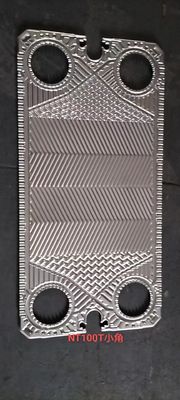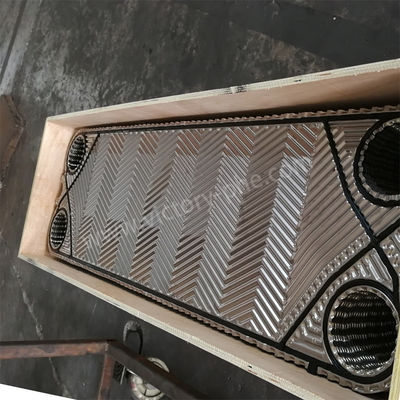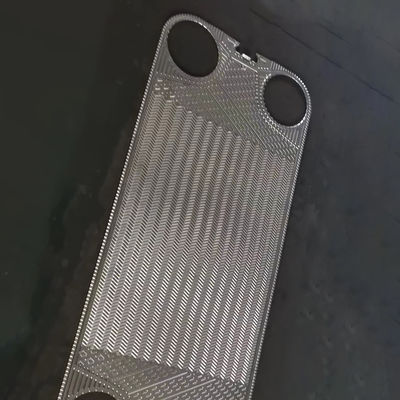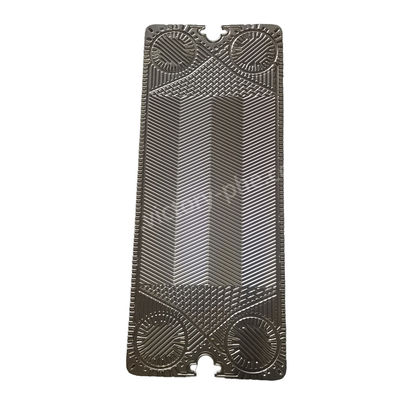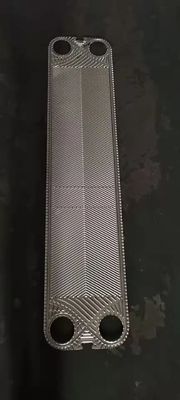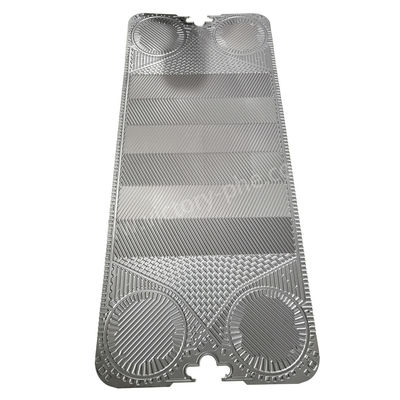In food processing applications, the frequency of plate replacement of plate heat exchangers usually depends on several factors:
Fluid properties: Fluids used in food processing may contain particles, corrosive substances or other ingredients that can damage the plates. These factors can lead to wear or corrosion of the plates, requiring more frequent replacement. Specific fluid properties will affect plate life.
Maintenance and cleaning measures: Regular maintenance and cleaning measures can extend the service life of the plates. If not properly maintained or cleaned thoroughly, the plates can accumulate dirt, scale, or corrosion, resulting in reduced performance. Regular cleaning and maintenance can reduce the frequency of plate replacement.
Operating conditions: The operating conditions of the plate heat exchanger have an impact on the life of the plates. For example, high temperatures, high pressures, high flow rates, or fluids that are too aggressive may accelerate plate wear. In food processing, operating conditions may vary depending on the specific application, so the frequency of plate replacement needs to be evaluated based on the actual situation.
Depending on the above factors, the frequency of plate heat exchanger plate replacement in food processing applications typically ranges from months to years. However, the specific replacement cycle should be determined based on actual operating experience, manufacturer's recommendations, and regular inspection and evaluation. It is important to regularly check the condition of the plates and perform timely maintenance and replacement when necessary to ensure the normal operation and performance of the plate heat exchanger.

 Your message must be between 20-3,000 characters!
Your message must be between 20-3,000 characters! Please check your E-mail!
Please check your E-mail!  Your message must be between 20-3,000 characters!
Your message must be between 20-3,000 characters! Please check your E-mail!
Please check your E-mail! 
